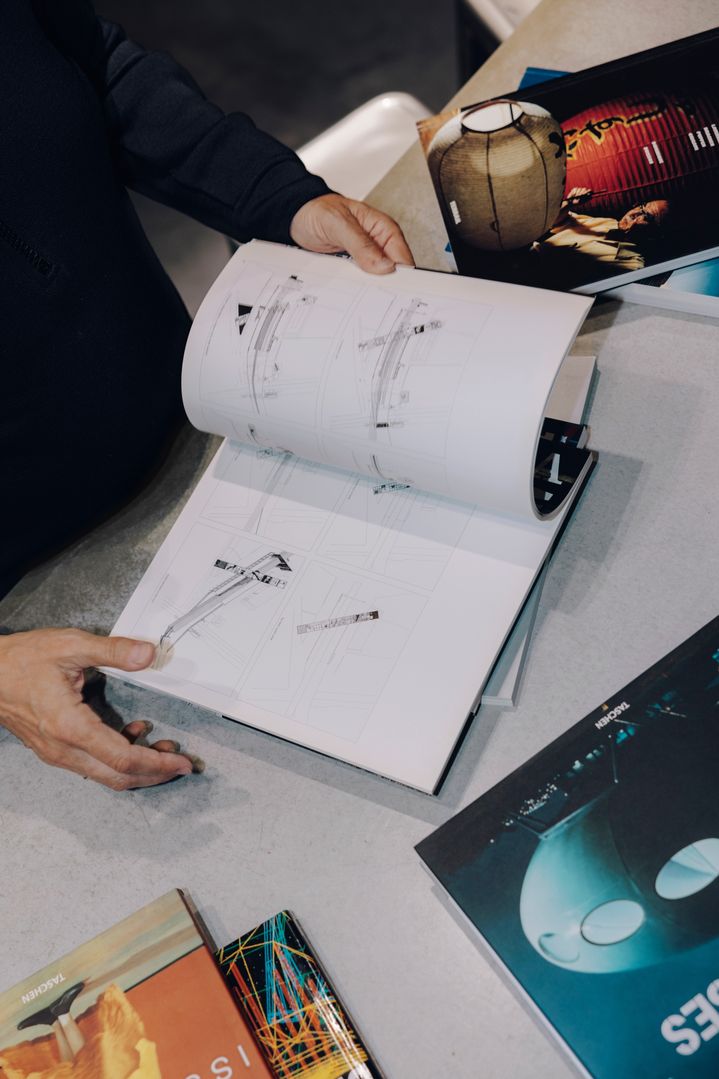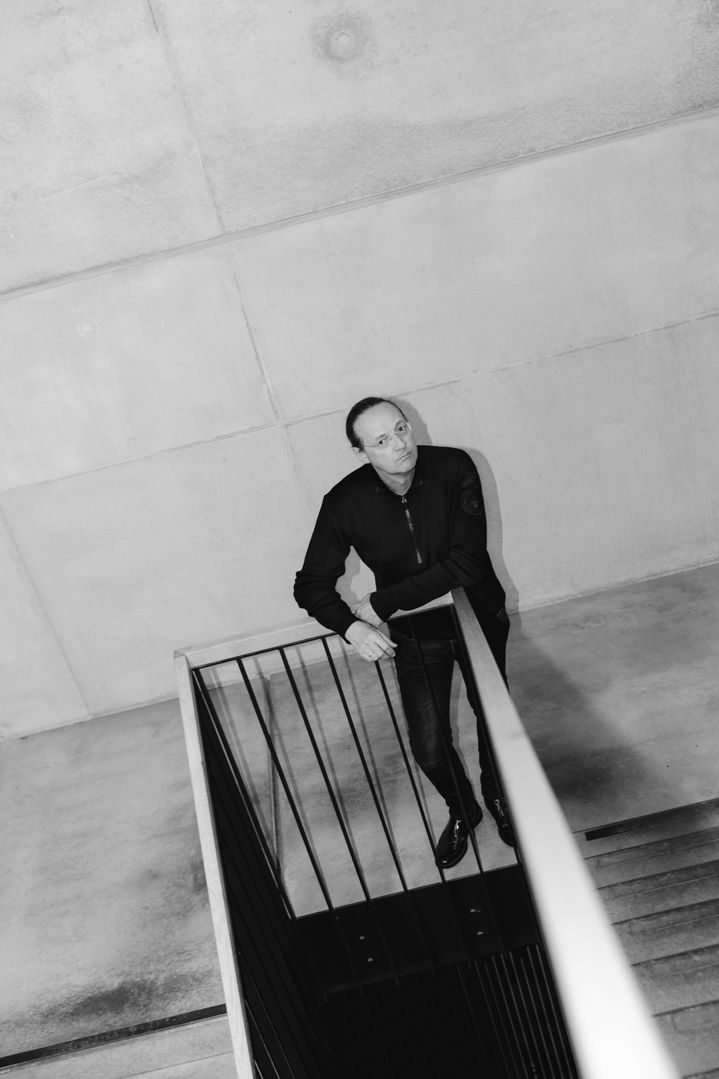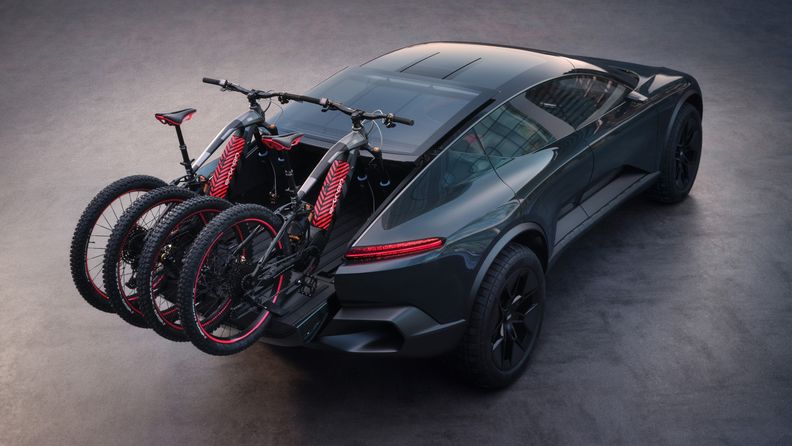The strategy of design
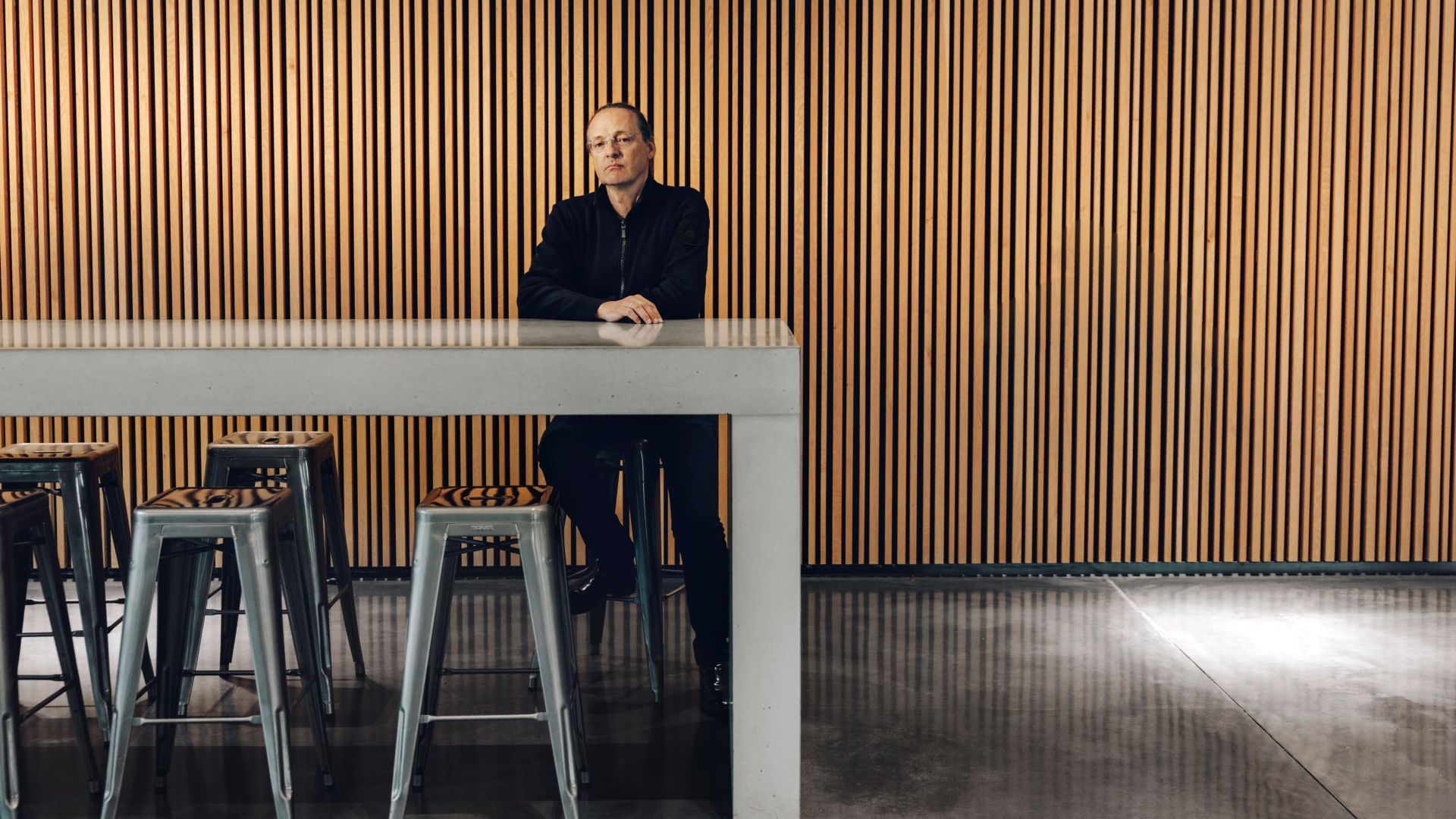
Claus, what does the term design strategy actually mean?
Design strategy is a very complex topic. You start by thinking about how design will develop in the future. What design will look like, considering future social changes; I’m talking about the importance of design in a broader sense. But design strategy is also about how we design our products, about planning ahead and forecasting how vehicle concepts and design language will change. It is all based on our design philosophy: What is our general orientation?
A couple of years ago, we defined our maxim: We design experiences, and not just products. The product as such is only part of the design experience. New technologies, communication and digitisation are increasingly determining the design and, above all, the use of vehicles. So, it’s no longer enough to design the shape, but you also have to design the setting, i.e., the experiences that come with the vehicle.
I like to compare it with my smartphone. It has a classic, beautiful product design. But the focus lies on its functionalities, the experiences it enables, how it changes your life. In the same sense, experiences will also have a much greater impact on the vehicle in the future. So, it’s important to plan ahead, to determine our path and how we want to develop our strategy. The Audi activesphere concept¹, for instance, is a great example for this kind of experience.
But an experience is rather abstract, it’s not a visible or tangible design element.
In classic design, too, there is of course the concept of experience. The aesthetic experience of seeing a beautiful car, its proportions, its dynamics. And in the interior, you experience its quality, touching the surfaces and feeling the value. This will also offer our customers a certain kind of experience, appealing to their emotions. But these experiences will be enhanced by digital means, and those are indeed not tangible. Displays and connectivity inside the vehicle are placing entirely new demands on the user interface and the user experience. On the one hand, screens and projection surfaces are taking up more and more space inside the vehicle. But digitisation is naturally changing the way a vehicle is operated, the way information is handled inside a vehicle. That’s why we call it Experience Design. We feel it’s very important that you can still feel the premium standard that is typical for Audi.
¹The vehicle shown is a concept vehicle that is not available as a production vehicle.
¹The vehicle shown is a concept vehicle that is not available as a production vehicle.
“The product as such is only part of the design experience.”
Audi has repeatedly introduced concept vehicles in recent years. From 2017 to 2019 there were the AI concepts, and now it’s the four Sphere concept vehicles. Is this your approach to the future, to find out and see how people react to them?
Absolutely. The four AI vehicles from 2017 to 2019 showed how the perception of automobiles is changing once automated driving becomes a reality and people may no longer own a vehicle, they will just use them. That’s why we designed four use cases and created a vehicle with the latest technologies to go with each. We jumped very far into the future, maybe 30 years. We wanted to explore the different use of vehicles once we went that far into the future.
Whereas with the four Sphere models, we wanted to be closer to the vehicles we’re going to launch in the future. Because technologically speaking, we have the means to bring those vehicles to the market at a much earlier point in time, they’re not as radical, but they show what the future looks like for us.
With our concept vehicles we’re moving from the distant future back to the present, incorporating future inspirations to demonstrate progress in our concepts and in our design language.
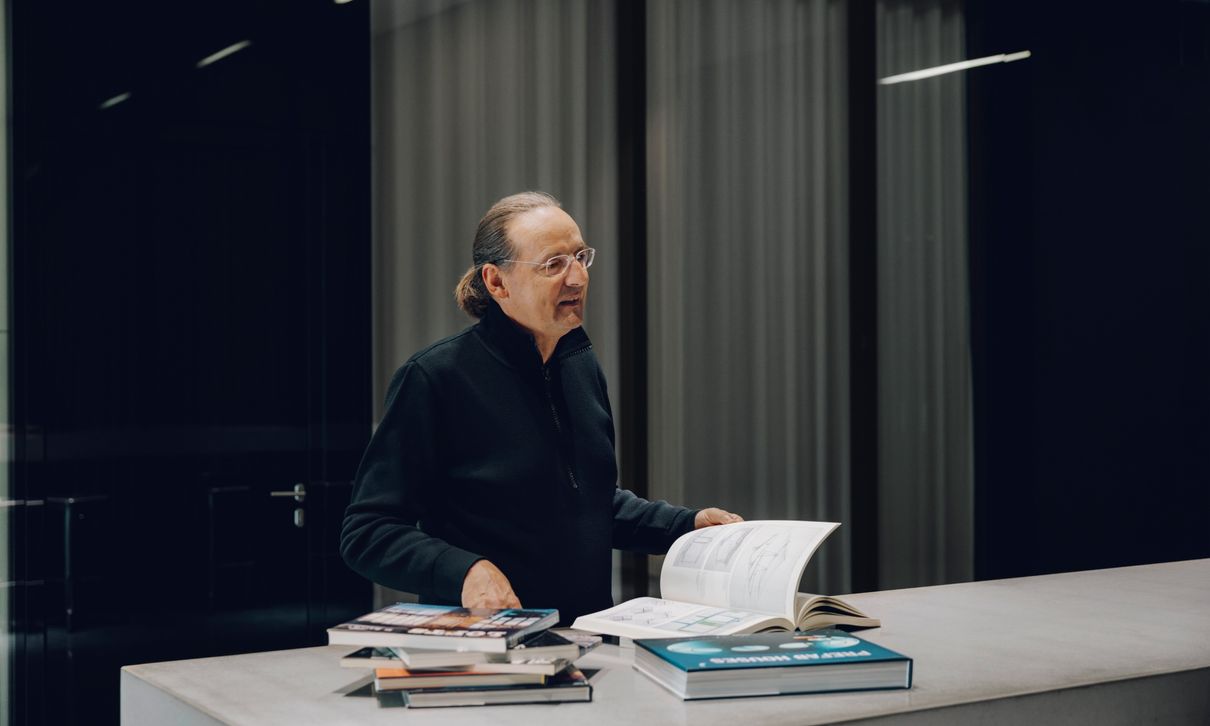
Will vehicles soon look more futuristic? Or is design an evolutionary process?
I do struggle with the term “futuristic”. Some of our studies were very futuristic. And the closer you get to the point in time to which these studies were projected, the more the design language evolves in that direction.
At Audi, we prefer a continuous but dynamic development in design. Because we want to keep the link between what is today and what will be tomorrow. Our steps in exterior design are sometimes a little bigger and sometimes a little smaller. But about every three to four years, you can recognise them in our new models. Currently, many of our vehicles are very emotional and very much defined by clear lines. We are now taking a step towards a design language that is somewhat softer and more flowing again. We’re reducing the number of lines, so to speak, working more with volume and stretched surfaces.
Our world is very complex, we are constantly exposed to so many visual impressions, so Audi vehicles should be a haven of calm. We want our vehicle design to touch people emotionally and create meaningful experiences for them. The Audi RS e-tron GT and Audi Q4 e-tron are vehicles that are already moving somewhat more in this soft direction. And this trend will continue in the coming years.
Audi RS e-tron GT: Power consumption (combined) in kWh/100 km: 21.1–18.4CO₂ emissions (combined) in g/km: 0CO₂ emission class: A
Audi Q4 e-tron: Power consumption (combined) in kWh/100 km: 19.5–16.2CO₂ emissions (combined) in g/km: 0CO₂ emission class: A
Audi RS e-tron GT: Power consumption (combined) in kWh/100 km: 21.1–18.4CO₂ emissions (combined) in g/km: 0CO₂ emission class: A
Audi Q4 e-tron: Power consumption (combined) in kWh/100 km: 19.5–16.2CO₂ emissions (combined) in g/km: 0CO₂ emission class: A
“We want our vehicle design to touch people emotionally and create meaningful experiences for them.”
Claus Potthoff studied Product and Vehicle Design at Pforzheim University and then dedicated himself to automotive exterior design. Since 1991, he has been working in design at Audi in various functions and stations. In the late 1990s, Potthoff devoted himself to strategic design; in 2011, he became Head of Design Strategy and set up a department that has been active since 2014. His private passion is photography.
At the beginning you said that design strategy is also shaped by social influences. What are the most important drivers? Where does Audi draw inspiration from?
The question always remains: what are the technological changes and possibilities? Because developments in this area are very dynamic. And then internationalisation is a huge topic for us, the major influences from the three markets. There’s Europe. Then there’s North America, which, of course, is quite different in terms of market and customer requirements. And if you turn it up a notch, there’s China, a market which is developing at a very fast pace, much faster than all the other markets.
Our aim is to immerse ourselves in these markets and regions to find out what is new and what will be important for customers in the future. Particularly the Chinese customer structure is completely different. Our customers there are much younger than in the other markets. Very many customers of premium vehicles are first-time buyers. That means they approach the idea of a car very differently. That’s precisely why we took a new approach in the development of the Audi urbansphere concept¹, which we unveiled in China last year, by co-creating it with specially selected Chinese trend receivers and potential customers. We got them involved right from the start of the design process and asked them: What do you expect from a vehicle concept? It was a very fruitful and very good collaboration.
Does that mean that progressive influences from customers also have an impact on the design strategy?
Yes, you can see that the rapid development of the Chinese market already does have an impact. It will be very interesting to see how this continues over the next few years. That’s why now a very exciting time for us in design, it determines how we develop our design further so that we really can meet these new requirements well.
A lot is changing in the area of vehicle concepts, too. Will these very classic stereotypes of a sedan, a hatchback, a station wagon, or an SUV still exist? In terms of body shape, there are more and more hybrid vehicles. We are keeping up with the times and have a lot of ideas right now.
¹The vehicle shown is a concept vehicle that is not available as a production vehicle.
¹The vehicle shown is a concept vehicle that is not available as a production vehicle.
